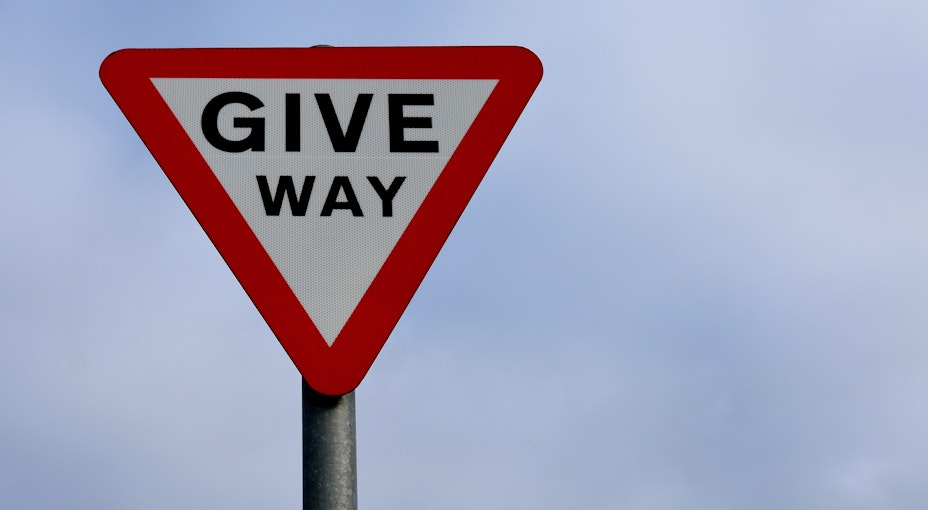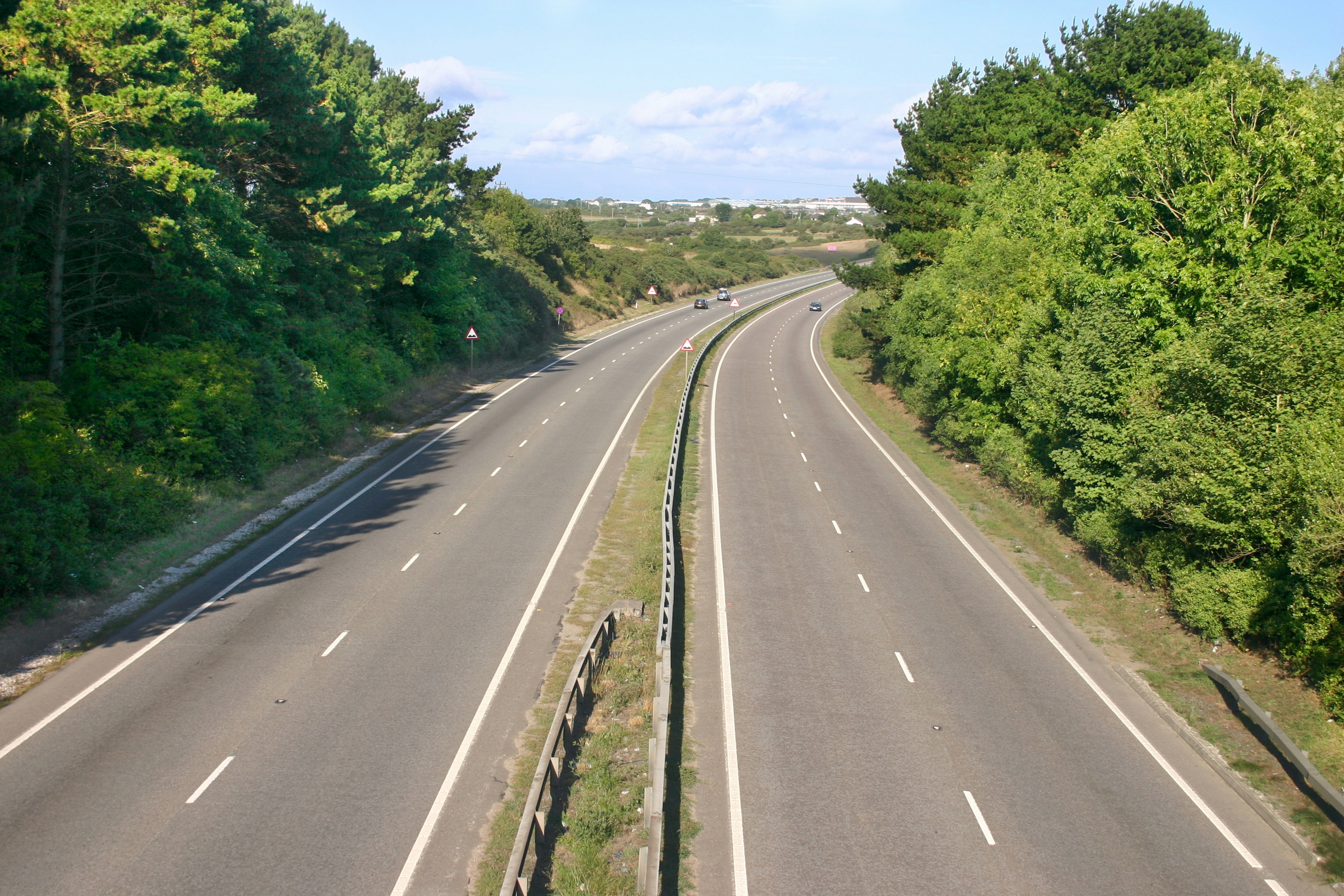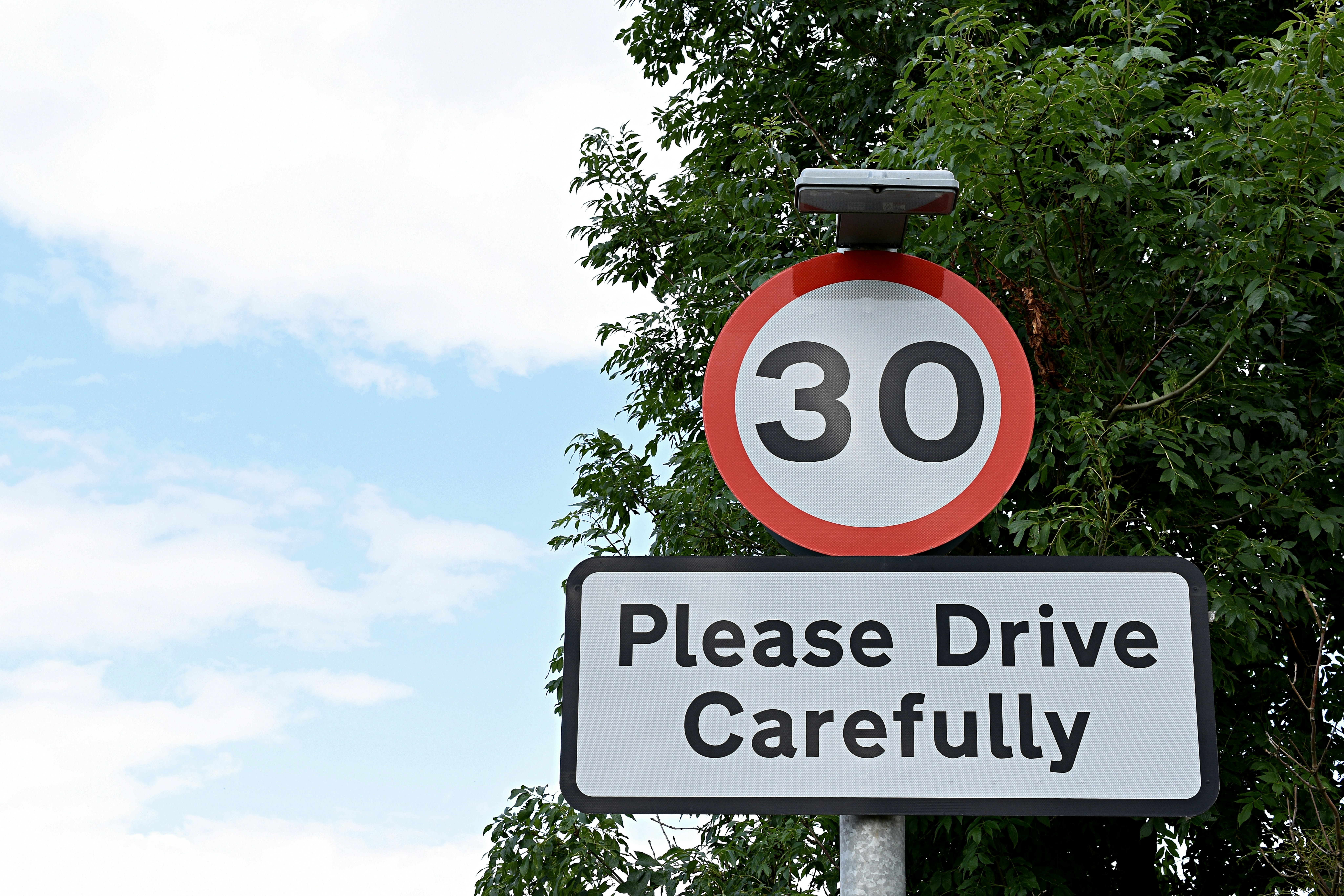Rules for learner drivers: a complete guide
If you’re practising driving between lessons, you’ll need learner driver insurance to stay within the law. Having your own insurance also means you can practise in someone else’s car without affecting their no claims bonus.
By
![]() Jess Cliffe
Jess Cliffe

In this article
But before you venture out without your driving instructor, it’s vital to know what you can and can’t do while you’re still learning.
Essential rules for learner drivers
It’s estimated that you’ll need around 45 hours of driving lessons and 22 hours of private practice to pass your practical driving test. So, if you’re heading out to practice with a family member or friend, make sure you follow these essential rules:
Display L plates
You must put ‘L’ plates on the front and back of your car (in Wales, you can use ‘D’ plates).
The L or D plate you use must also meet certain rules. The letter must be red on a white background, and the plate must measure 178mm x 178mm. Most shops, including car specialists and supermarkets, sell the correct sized L or D plates.
If your L or D plates aren’t the correct size or properly displayed, you can get up to six penalty points.
Drive with supervision
You can practice with anyone over 21 who is qualified to drive the car you’re using (so if you’re in a manual car, your supervisor must have a manual driving licence).
To supervise a learner driver, the person supervising must have held a full driving licence for at least three years. This can be from the UK, the EU, Switzerland, Norway, Iceland, or Liechtenstein. They also must obey the same rules as if they’re driving the car themselves, such as not using their mobile phone.
It’s worth bearing in mind that the person you practice with cannot be paid. The only people who can charge to teach are potential driving instructors (PDIs) or approved driving instructors (ADIs).
If you don’t follow the rules about supervised driving, you can be fined up to £1,000 and be given up to six penalty points.
Get the right insurance
If you’ve got your own car and a provisional licence, you’ll need learner driver insurance. These policies let you use your car to learn and practise in. Some insurance providers have age restrictions, which means your supervisor must be over a certain age (often over 25 years old).
If you’re using someone else’s car, you need to ensure their insurance covers you as a learner driver by adding you as a named driver. Or you can take out your own learner driver policy that allows you to use their car while practising.
Not having the right insurance can lead to an unlimited fine, up to eight penalty points, and a driving ban.
Where can learner drivers drive?
One of the benefits of learning to drive in the UK is that there are relatively few limits on where you can drive, giving you the chance to practise on a variety of roads. To get the most out of your practice sessions, consider:
Restricted roads and areas
Learner drivers can only drive on motorways with an approved driving instructor. Not following the rules can invalidate your insurance, and if you’re caught driving on the motorway as a learner without an ADI, you can be fined up to £1,000 and six penalty points.
What roads you can drive on
Apart from motorways (or some private roads), there are no other restrictions on where you can drive. That means you can also drive on rural roads and dual carriageways where the national speed limit applies.
If you’re considering driving outside of the UK, you would need to refer to the rules specific to that country.
What speed limits apply to learner drivers?
The same speed limits apply to both learner drivers and qualified drivers.
In England, Scotland, and Northern Ireland, the national speed limit for built-up areas is 30 mph (unless indicated otherwise). In Wales, it’s 20 mph. This applies to all vehicles.
If you’re driving on single carriageways, the limit is 60 mph; on dual carriageways the limit is 70 mph (larger vehicles have different limits).
Your local council will also set specific speed limits for roads in your area, which will be clearly signposted to differentiate them from national speed limits. For example, school safety zones are usually 20 mph, while some rural roads are limited to 40 mph or 50 mph.
If you live in Northern Ireland, the rules are slightly different for learner drivers, where you can’t exceed 45mph regardless of the type of road (including dual carriageways). This speed restriction applies for a year after passing your test, and you’ll also be required to drive with ‘R’ plates.
Who is responsible for accidents and fines?
As a learner driver, you have the same duty of care as a qualified driver. That means you can be held responsible for any accidents you have when you’re behind the wheel. You’re also responsible for any fines you receive.
If something unexpected does happen and you’re held responsible, your learner driver insurance should cover third-party liability. This means your provider covers the cost of damage to other people and their vehicles.
If your policy provides comprehensive cover, it should also cover any damage to the car you’re driving (whether it’s your car or one you’ve borrowed).
Look out for any exclusions in your policy. Typical learner driver exclusions include:
driving without proper supervision;
driving while doing something illegal (like using a mobile phone or driving on the motorway without a qualified driving instructor);
using your car for something you’re not insured for (such as using it for commercial reasons, including food deliveries).
Although your insurance typically covers costs because of an accident, it rarely covers the cost of fines.
FAQs
If you have an accident and it’s considered your fault, your insurance provider should cover the cost of any third-party damage (unless exclusions apply). If your policy includes comprehensive cover, you’ll also be able to claim for any repairs to the car you were driving. If you make a claim, you will need to pay your excess for it to proceed.
In most cases, it means taking out a car insurance policy will be more expensive in future. It can also make it harder to find a policy in the future.
Yes. Learner drivers can be fined for speeding as they have the same responsibilities as qualified drivers.
Learner drivers cannot drive on the motorway unless they are with a qualified instructor. Otherwise, there are no other limitations (apart from private land where there may be restrictions).
Learner driver insurance for peace of mind
There’s a lot to think about when you start learning to drive, but the right learner driver insurance can give you reassurance and peace of mind.
At Alan Boswell Group, we understand how tricky it can be to find the balance between protection and affordability, which is why we offer flexible cover. Policies can be bought monthly, or for longer-term value, you can choose an annual policy instead.
You can also add optional extras, including breakdown cover.
Make an enquiry
For more guidance and information, take a look at our learner driver resources. Here, you’ll find helpful advice about how many passengers learner drivers can take and how cars belonging to lower insurance groups can save you money.
Related guides and insights

Can a learner driver have passengers?
To help you stay on the right side of the law, we look at what the rules for learner drivers are when it comes to carrying passengers.

Can learner drivers drive on the motorway?
We look at what the rules are for learner drivers on motorways, and what might happen if you accidentally break them.

Can you buy a car with a provisional licence?
We look at whether or not you can buy a car with a provisional driving licence and what the rules are around car ownership and learner driver insurance.

Supervising a learner driver: your responsibilities
Friends and family can supervise learner drivers, but you’ll need to follow some rules. To put your mind at rest, we look at what your responsibilities are so everyone’s clear about their obligations.
